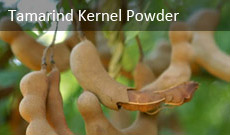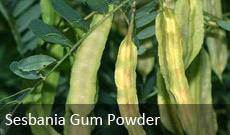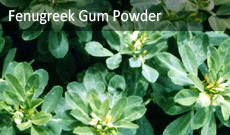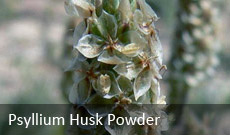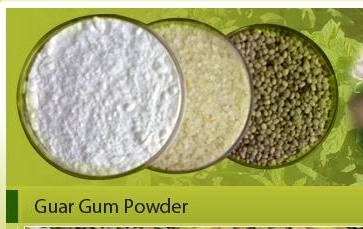Guar Gum is a galactomannan polysaccharide that is extracted from guar beans. It has thickening & stabilizing properties and hence finds numerous application in the food, feed, and industries. Hydroxypropyl Guar Gum, also known as HPG, is formed by the etherification reaction with non-ionic propylene oxide reagent with guar gum. This modification of guar gum severely improves its properties, like- alkaline stability, hydrophobicity, solubility, biostability, etc. It is thus deemed suitable for construction applications.
HPG Properties:
- Water Retention: HPG, the modified form of guar gum, has excellent water retention properties due to adequate molar substitution. The water retention is considered as the most important parameter in the construction application and helps in better setting of the binder. It also reduces the effect of plastic shrinking.
- Consistency: HPG improves the consistency of the mortar. This avoids the sagging of plaster and improves the resistance to tile sagging when applied on vertical walls.
- Rheology Modifying: The rheological properties of the mortar mixture is very important that depends on its constituents. The mixture of cement, sand, and water, lack such characteristics and hence HPG is used as an additive. This modified form of guar gum exhibits bonding characteristic and hence improves the rheological properties.
Summary: Guar gum powder is extracted from the guar beans and is a galactomannan polysaccharide. Hydroxypropyl Guar Gum (HPG), which is a modified form of guar, is produced by etherification reaction with nonionic propylene oxide reagent with guar gum. It has several important properties, such as- water retention, consistency, etc., that makes it quite useful in construction
Applications:
- Dry cement based wall putty: HPG is widely preferred for use in dry cement based wall putty as it has good compatibility with different ingredients. It does not form any lumps and offers excellent water retention. The final mixture after the addition of modified guar gum powder shows good adhesion and smooth finishing.
- Gypsum based plaster: On addition of HPG in the gypsum based plaster, it improves the setting time & open time of the mixture that ensures good workability. With the help of a hand plaster, smoother finishes are obtained.
- Tile adhesives: The addition of HPG improves the adhesive strength, open time, and adjustable time of the final mixture. The workability is enhanced as well and it also makes sure that the mixture is easily applied.
- Waterborne paints: The fact that HPG is a rheological modifier makes it an important additive for paint. It provides adequate viscosity and prevents spattering when the paint is applied with a roller.
Advantages of Hydroxypropyl Guar Gum:
- HPG offers high and easier solubility in water as compared to cellulose.
- Workability is significantly improved when HPG is mixed in a gypsum-based mortar.
- Hydroxypropyl Guar Gum has the ability to replace cellulose ether when used in cement-based mortar. It imparts improved anti-sagging and thixotropy.
- HPG can act as a substitute for cellulose ether for low viscosity applications since it has similar water retention ability.
- HPG offers a cost-effective alternative as it is quite cheaply available.
Summary: HPG has multiple applications in- dry cement based wall putty, gypsum based plaster, tile adhesives, etc. It offers better solubility in water than cellulose and can replace it for low viscosity applications. HPG is a cost-effective alternative in the construction industry, available at a low cost.
The Bottom Line: Hydroxypropyl Guar Gum (HPG) is a modification of guar gum and exhibits improved properties of alkaline stability, hydrophobicity, solubility, biostability, etc. It is widely preferred for use in construction as it shows good water retention.






